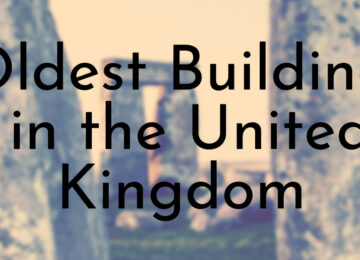Nearly all of the oldest hotels in Spain did not originally start out as lodging for travelers. Most of the hotels on this list are part of Spain’s Paradores program – Paradors are historical locations such as castles, fortresses, churches, etc., that have been converted into modern hotels while retaining the buildings’ histories. Some of the buildings the hotels are located in are hundreds of years old and have been renovated and restored over the years.
9. Gran Hotel Inglés
Year Built: 1886
Location: Madrid, Spain
Number of Rooms: 48
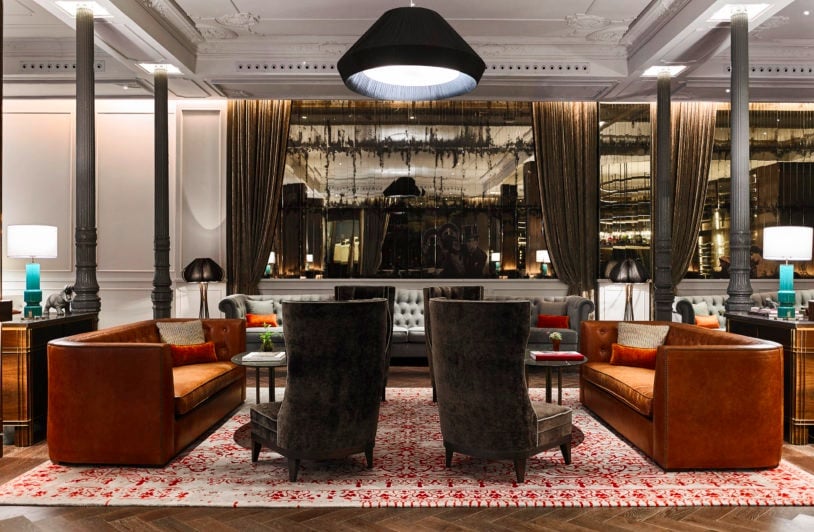
The Gran Hotel Inglés might look ultra modern – it was recently renovated in 2018 – but the hotel dates back to 1886. It was the first/oldest hotel in Spain’s capital city Madrid. The original owner of the Gran Hotel Inglés was Agustín Ibarra.
Over the years, the Gran Hotel Inglés has been renovated and expanded by its owners. The Gran Hotel Inglés was recently reopened in late 2018 after being closed for five years due to extensive renovations. It was converted from a three-star hotel into a five-star luxury hotel that has been receiving rave reviews.
Did You Know?
The Gran Hotel Inglés is home to a number of firsts, including being the first hotel in the world to establish a restaurant on-site. It is also the place where the Philippines’ declaration of independence was signed.
8. Hostal dos Reis Católicos
Year Built: c. late 15th century
Location: Santiago de Compostela, Galicia, Spain
Number of Rooms: 128
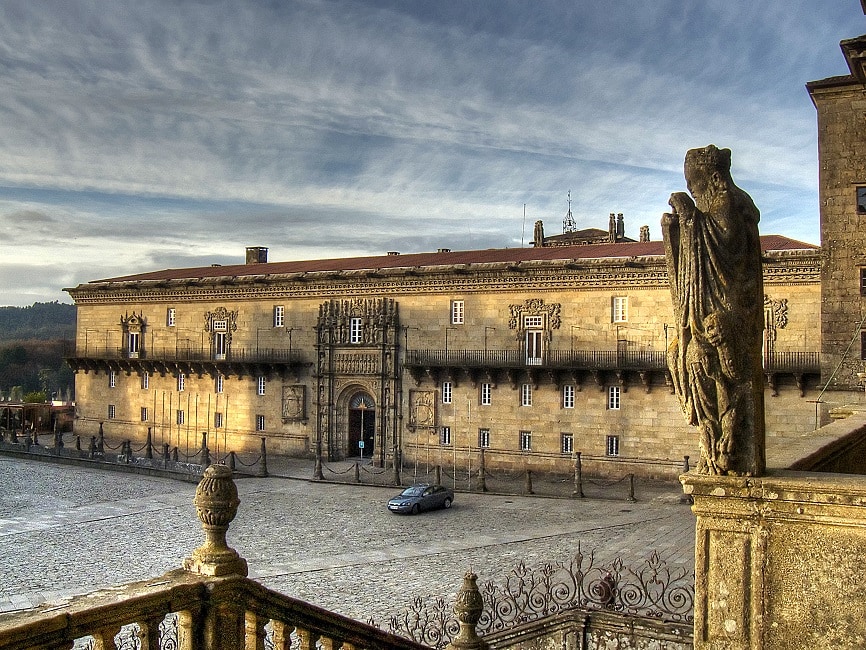
The Hostal dos Reis Católicos was built in the late 15th century by King Ferdinand and Queen Isabel. Because the Hostal dos Reis Católicos was built to shelter people making religious pilgrimages to Santiago de Compostela from the start, it is often cited as the oldest continuously operating hotel in the world.
The Hostal de Reis Católicos is at the end of a famous pilgrimage trail, the Way of St. James (El Camino), and next to the Santiago de Compostela Cathedral. The Hostal was also a religious hospital and attracted many doctors and scholars. In 1954, the Hostal de Reis Católicos was turned into a four-star luxurious hotel.
Did You Know?
In the past, the Hostal de Reis Católicos provided all of its services – shelter, food, and medical care – for free to pilgrims. In more recent times, the Hostal has continued to provide free services to a limited number of pilgrims.
7. Castell d’Emporda Hotel
Year Built: c.1301
Location: La Bisbal d’Emporda, Catalonia, Spain
Number of Rooms: 57
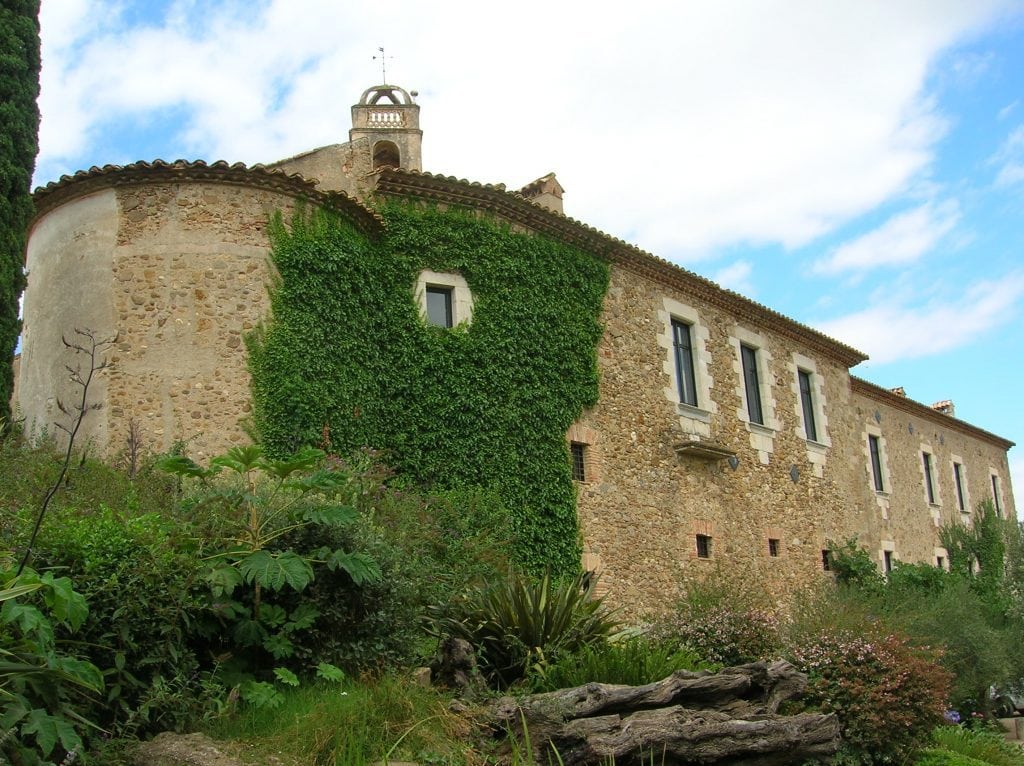
The oldest historic records mentioning the Castell d’Emporda date back to around 1301, but the castle is probably much older. In the early 15th century, the Castell d’Emporda was acquired by the Margarit Family. Pere Margarit was one of Christopher Columbus’ captains and famously discovered Isla Margarita off the coast of Venezuela.
By 1999, Castell d’Emporda had been abandoned for more than 18 years before it was purchased by Albert Diks and Margo Vereijken. They restored the castle to its former glory and turned it into a hotel in 2001.
Did You Know?
The Castell d’Emporda was almost purchased by famous Spanish artist Salvador Dali in 1973.
6. La Posada del Mar
Year Built: c.1243
Location: Denia, Valencia, Spain
Number of Rooms: 25
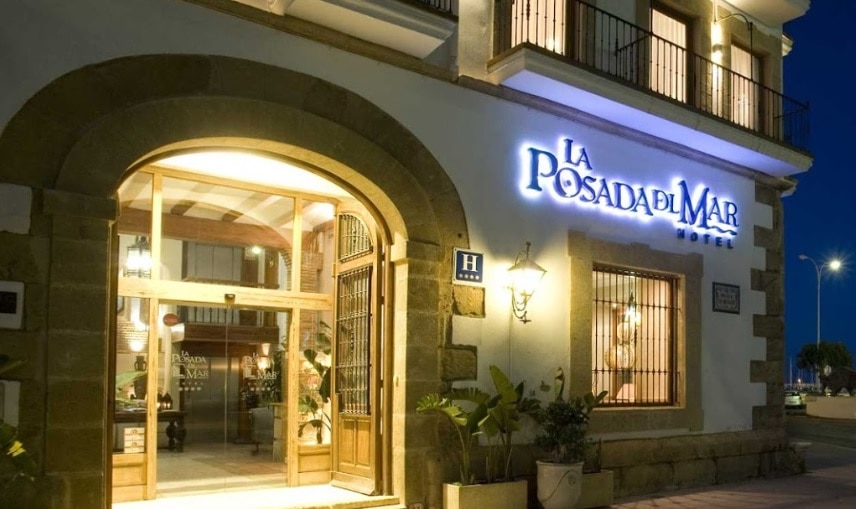
La Posada del Mar dates back to around 1243. That year, the building was given to William of Cardona by King James I of Spain. Before it was turned into a hotel, La Posada del Mar underwent extensive renovations. La Posada del Mar is one of the only historic hotels in this region of the Mediterranean coast.
Did You Know?
La Posada del Mar is a four-star hotel with 25 luxurious rooms, nine of which are junior suites.
5. Parador de Cangas de Onis
Year Built: c.12th century
Location: Cangas de Onis, Asturias, Spain
Number of Rooms: 61
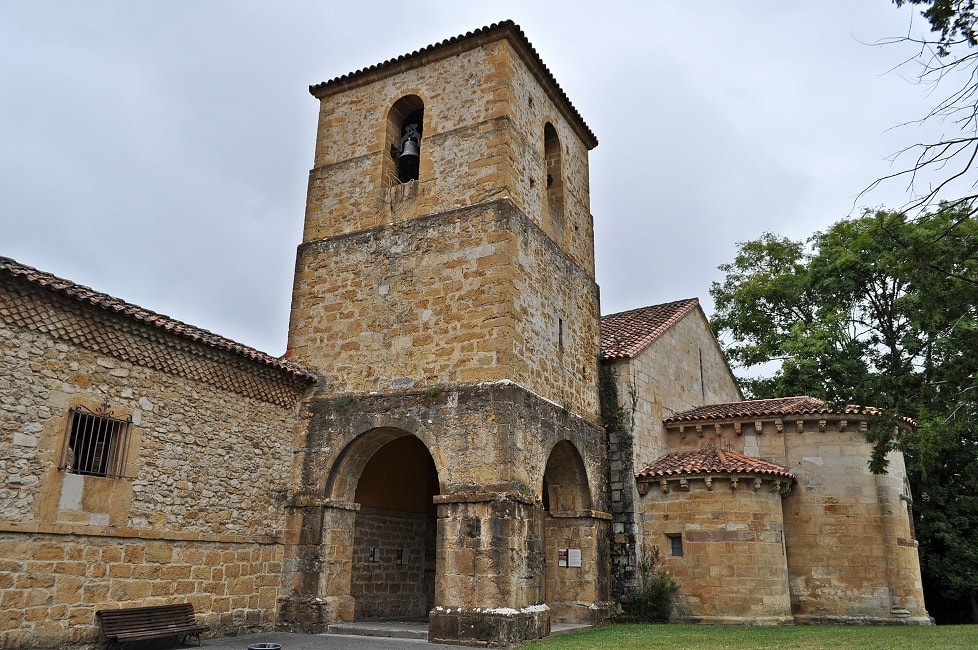
The Parador de Cangas de Onis was a former monastery built sometime in the 12th century. Reportedly, a church was first built on the site in the 8th century by Alfonso I the Catholic, son in law of Pelagius of Asturias – no parts of this original structure remain.
The monastery was updated in the 17th century and in 1835, the monastery was dissolved. Eventually, the monastery was turned into the Parador de Cangas de Onis hotel with modern amenities.
Did You Know?
Although the Parador de Cangas de Onis is no longer used for religious purposes, the church next to it is still used for regular services.
4. Parador de Alcañíz
Year Built: c.1179
Location: Teruel, Aragon, Spain
Number of Rooms: 37
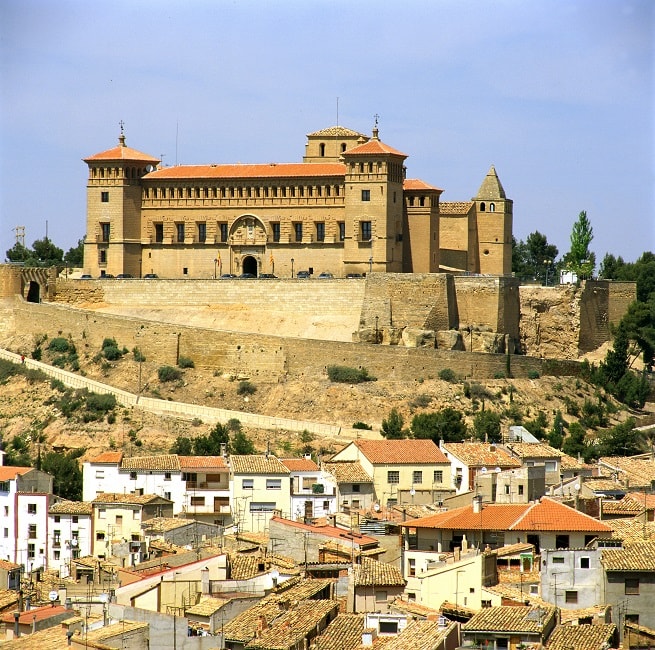
The Parador de Alcañíz sits on the hilltop of Cumbre de Cerro Pui-Pinos in Teruel, Aragon. The castle, which was originally more of a fortress, dates back to at least 1179 when it became the seat of the Order of Calatrava.
Some parts of the Parador de Alcañíz, like the bell tower and keep, are original. In 1728 Prince Philip converted part of the castle into his palace. Prince Philip’s palace is where the hotel part of the Parador de Alcañíz is located.
Did You Know?
The original name of the Parador de Alcañíz was the Hotel la Concordia, which was an homage to the fact that the La Concordia agreement that appointed Ferdinand as king in the early 15th century was signed at this castle.
3. Castillo del Buen Amor
Year Built: 11th century
Location: Castile-Leon, Spain
Number of Rooms: 40
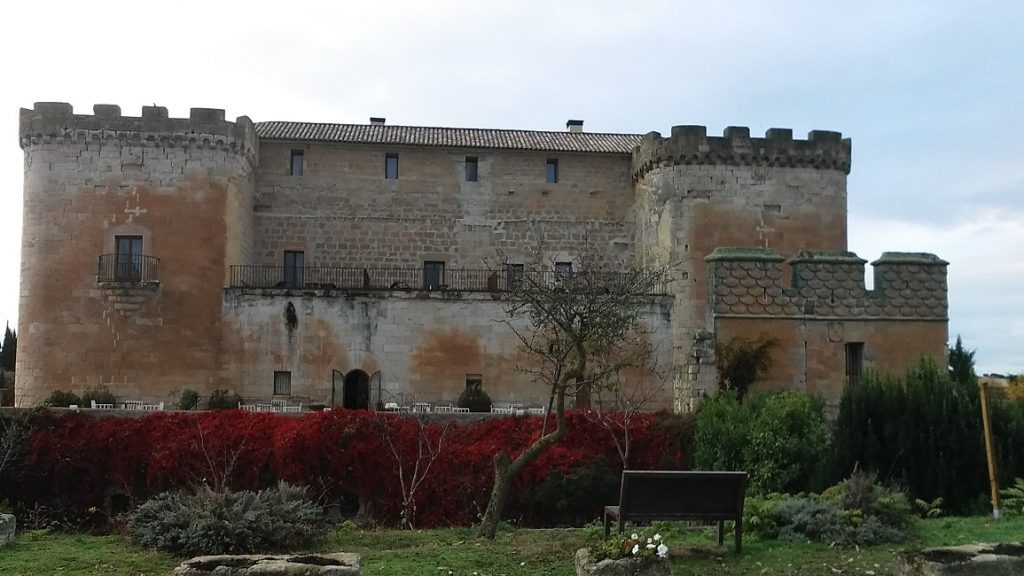
The Castillo del Buen Amor has only been a hotel since 2003, but the castle’s history stretches back to the 11th century. A giant moat was built around the castle to protect it from threats as the land the Castillo del Buen Amor sits atop is very flat.
In 1478, the Castillo del Buen Amor was acquired by Alonso de Fonseca y Quijada, Bishop of Ávila, who transformed the fort into a more luxurious palace. For several centuries following the death of the Bishop of Ávila, the Castillo del Buen Amor was used as an agricultural warehouse and the outside of the castle fell into disrepair. The Castillo was not restored until 1958 by the Fernández de Trocóniz Family.
Did You Know?
According to legend, the castle got its name “Buen Amor” because the Bishop of Ávila renovated the castle so he could live there with his mistress Doña Teresa de las Cuevas.
2. Parador de Hondarribia (Parador El Emperador)
Year Built: 10th century
Location: Basque, Spain
Number of Rooms: 36
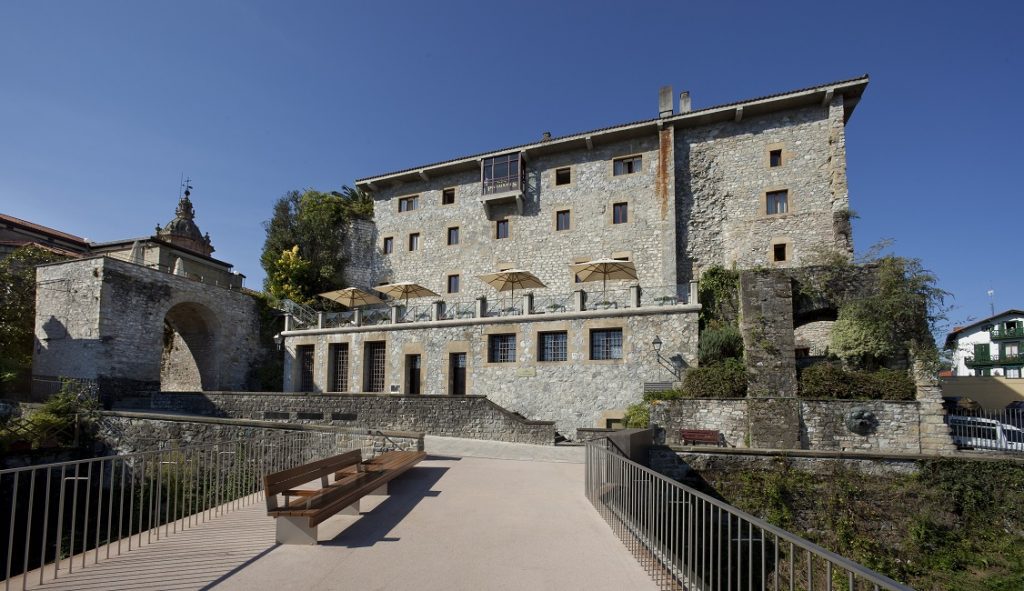
Like most of the old hotels on this list, the Parador de Hondarribia was originally a castle, which was built in the 10th century by the king Sancho el Fuerte of Navarre. The king built the castle during the Christian reclamation of Spain from the Moors.
Most of the Parador de Hondarribia’s current structure dates to the 16th century when the castle was restored by Emperor Charles the Fifth. There are extensive tunnels and passageways under the castles, which have inspired urban legends that say people never return after going to explore these passageways.
Did You Know?
Over the years, many notable figures have stayed at the Parador de Hondarribia, including Napoleon Bonaparte, Admiral Antonio de Oquendo, and Garcilaso de la Vega.
1. Parador de Alarcón
Year Built: c.8th century
Location: Cuenca, Spain
Number of Rooms: 14
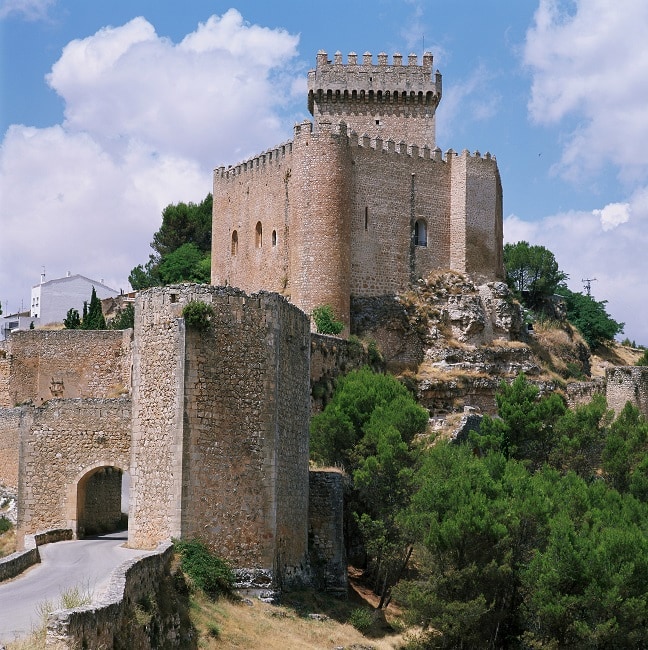
The Parador de Alarcón is located in an 8th century castle built by Muslims, which makes it the oldest hotel in Spain. The castle remained under Muslim rule for several centuries before being captured by King Alfonso VIII in the 12th century. After that, the Parador de Alarcón served as the home of fortress of the kings of Castille.
The Castilian kings reinforced and expanded the Parador de Alarcón. After the Middle Ages, the Parador de Alarcón was abandoned and fell into disrepair. In the mid-19th century, the castle was sold to Rafael Lázaro Álvarez de Torrijos. The Parador de Alarcón was purchased by the Minister for Information and Tourism, Manuel Fraga Iribarne, and turned into a public hotel in 1966.
Did You Know?
The Parador de Alarcón only has 14 rooms and one room, the Infante Don Juan Manuel is so exclusive it has private access to the castle’s lower watchtower.







